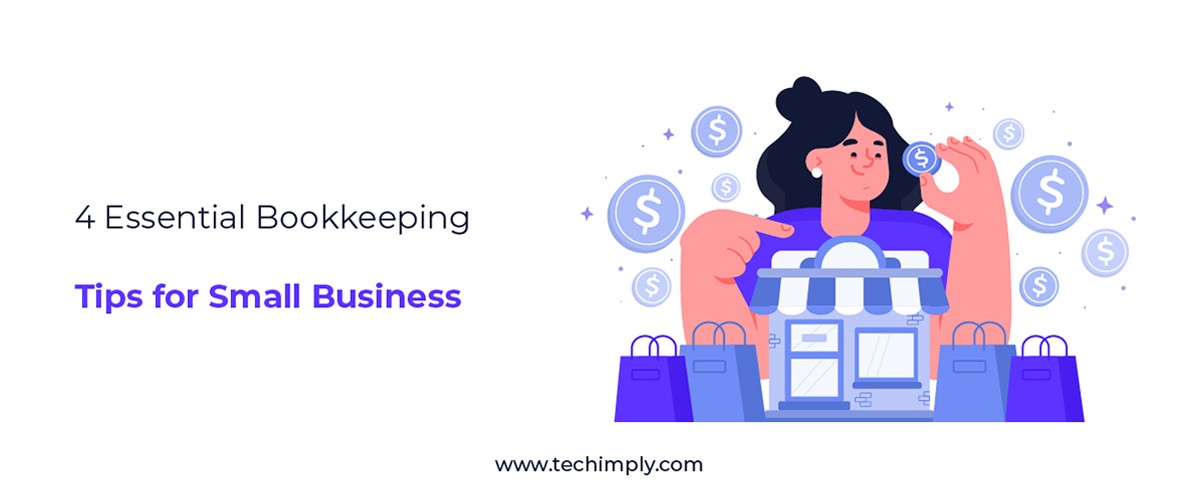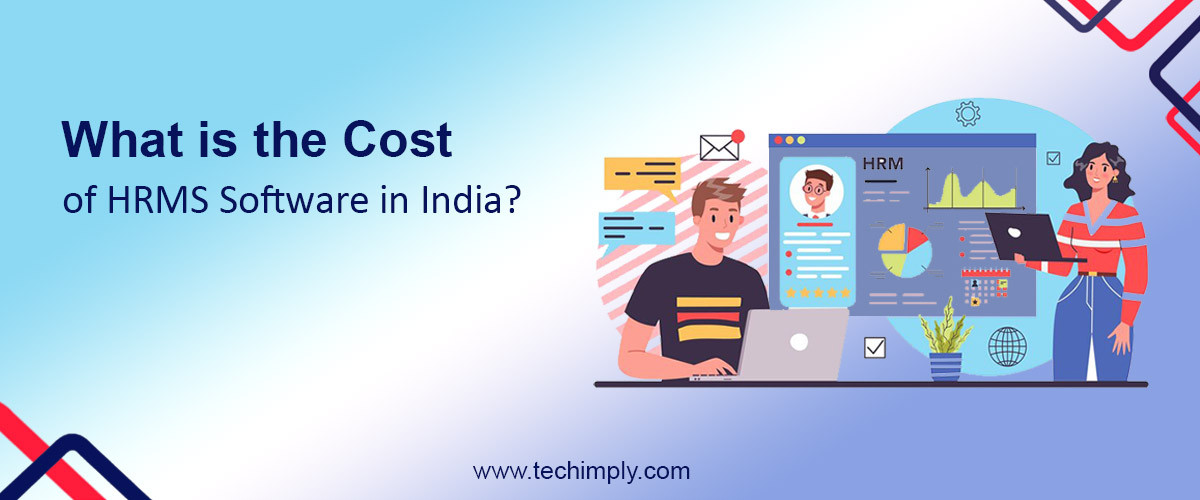As the owner of the business, you’re responsible for staying on top of your business’s books. If you have recent and accurate accounting records, your company will be on the road to success. But if you don’t give much attention to your accounting tasks, your business can quickly vanish before it has the chance to grow. Whether you’re running a barbershop in a small town or a rental service, you started your small business because you enjoy your segment or saw an opportunity.
If you become successful that much to employ your own full-time CA, still, you would like to understand a minimum of the fundamentals of bookkeeping and Accounting and the way to use essential accounting tools to keep yourself afloat. Here are some bookkeeping tips for the owner of the business that help to keep your books on sound footing.
Bookkeeping essentials for small-business leaders
To work with accounting software, luckily it does not require any upgraded degree. It only needs time, correct tools, and attention to detail. All you need to do is to follow certain steps to get your bookkeeping done swiftly and accurately so that you come up with an idea to track your money.
1 - Invest in accounting software, and use it
Prior to depositing your first business check or recording your first purchase, furnish yourself with setting up bookkeeping programming for your business. You can luckily have free options. It’ll save valuable time to work and rework in the long run, and eventually, those hours can be translated into the time you should be investing in growing your business.
The work which you ever have done things manually, you would know how long it can take. Things become easy when you use Accounting software. It can track invoices, pay your bills, and reconcile your accounts (among other things). In addition to saving you lots of time, accounting software is also vital to keeping accurate numbers in one place so you can find benefits at the end of the year.
2 - Keep your business and private expenses separate
After the accounting software has been set up, you just need to make sure that you’re only delivering relevant information by getting a separate credit/debit card for your business and using it only for business expenses. The consensus among CPAs is that forgetting to separate personal and business spending is one of the biggest and most common mistakes that small-business owners make.
It is quite expensive because, on grounds that, in a most ideal situation, you'll need to invest countless hours at tax time meticulously sifting through pages of bank transactions and trying to recall which expenses were business-related and which were personal. In a worst-case scenario, you’ll find yourself committing tax fraud by claiming a private expense as a business one and obtaining a call from the IRS.
On the other side, you may pass up significant tax breaks and derivations since you neglected to guarantee something that you purchased for your business on your own dime. There's no need (or reason) for this error, either. Get hold of business credit cards, use them for your business-related expenses, and keep them aside from your own cards consistently.
An easy way to manage your business expenses is by using automated expense report software to do the heavy lifting for you. This will not only streamline the process but also ensure no financial leaks in your business.
3 - Balance the books at the end of every month
With your bookkeeping programming set up and business exchanges taking care of its information, you're prepared to verify whether there are any cash spills. Fortunately, accounting software makes account compromise a snap. Your balance sheet (which basically shows all of your business’ assets and all of its liabilities) is the ultimate source of truth that informs all of your business finances.
When you've ensured that the entirety of your business pay is reflected in your accounting software (if you’re small enough you can do this manually, however, it's simpler to utilize the invoicing system which joints standard with all accounting software) along with all of your expenses (connect a business bank account and integrate your payroll to make this uncomplicated), balancing your books are going to be as easy as running monthly tasks to be performed.
4 - Keep an eye on your essential reports
As long as you’ve made it this far, this part will be quite simple and rewarding because you have your personal finance software set up, you’re keeping your business expenses separate from personal expenses, and you’re ensuring everything is balanced at the top of each month. Now it’s time to use your golden Rules of accounting software to produce bookkeeping reports that will let you know how your business is doing.
Here are the three essentials from which you can have a better idea:
-
Balance sheet: This report shows you everything you have against everything you owe. It offers a snapshot of what your business owns and what it owes as well as the amount invested by its owners.
-
Income statement: Also referred to as the profit and loss statement, this report shows you all of the assets that came into (revenue) and went out of your business (expenses) during a period of time.
-
Cash flow statement: Almost like the earnings report, the income statement shows the cash coming in and going out of your business over a period of your time. The difference is that the income statement is simply money, while the earnings report includes non-cash accounting service, like land value and equipment depreciation.





